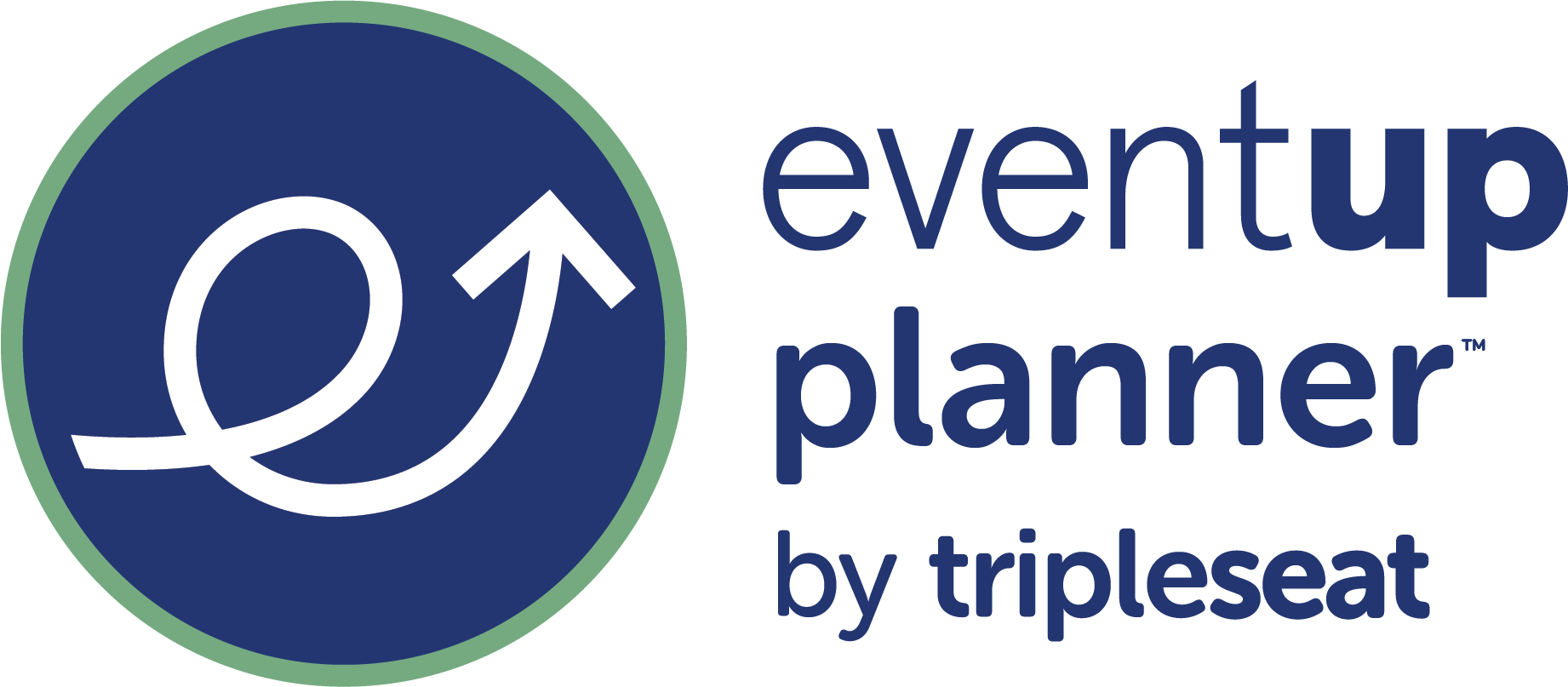Fundraising events are mutually beneficial for all. Not only do these events provide nonprofits with funds to power their mission, but they also offer a meaningful experience for donors, allowing you to steward stronger relationships.
One of the best events to raise serious funds and engage donors is a charity auction. A charity auction is a high-energy, flexible event that is sure to excite any audience, whether it’s taking place online, in-person, or as a hybrid combination of both.
To help your nonprofit bring this engaging fundraising event idea to life, we’ll explore six innovative ideas to increase your ROI. But first, let’s uncover the fundamentals of charity auctions.
What is a Charity Auction?
Auctions involve guests bidding on fun, unique, or luxurious items, and the highest bidder takes home the prize. There are three types of auctions:
- Live auctions involve an auctioneer announcing items and accepting bids from the audience, whose members either state their bids aloud or raise a paddle.
- Silent auctions traditionally involve showcasing auction packages around a venue and guests submitting paper bids. However, paper bids can easily get disorganized, making it much more difficult for your team to effectively stay on top of incoming bids. Instead, use mobile bidding software so your participants can submit bids right from their phones. We’ll discuss this feature in more detail in the next section!
- Online auctions are hosted through online auction software and allow guests to bid from wherever they are, whenever they’re able to.
Auctions involve an extensive planning process, including item procurement 9-12 months in advance, pre-event ticketing and registration, and logistics like booking the venue, catering, and technical equipment. This is why it’s essential to take ample time to prepare and get your team ready to host a show-stopping event!
6 Ideas to Accelerate Auction Fundraising
Auctions have the potential to be highly lucrative, but to make the most of your fundraising efforts, you need the right strategies. Let’s jump into six proven ways you can accelerate your ROI and meet and exceed your goals.
1. Invest in the Right Auction Software
Technology is a powerful force to increase efficiency and fundraising power for any event. OneCause recommends investing in auction software with intuitive features like:
- Event management: Look for fundraising software that empowers your team to easily manage every step of the event planning process, including facilitating contactless check-in and check-out, generating custom ticket packages, sending segmented communications to guests, and more.
- Mobile bidding: With the right mobile bidding tools, participants can submit bids right from their phones, set maximum bids, and receive outbid alerts to bring them right back into the action.
- Item management: Easily track the status of your item procurement efforts, bundle items into packages, and create solicitation letters to send to donors and corporate sponsors.
- Gamification: Feature leadership scoreboards, fundraising thermometers, and engagement drivers like live chat for remote events to keep participants tapped into your event.
- Data tracking: Use software that will automatically generate real-time data reports so you always have a full picture of how your fundraising strategy is performing.
Keep in mind that the right fundraising tool won’t just help you run auctions but will also make it simple to host fundraisers of all types, including walkathons, peer-to-peer fundraising campaigns, and more. Invest in an all-in-one fundraising software to get the most bang for your buck.
GET THE FREE GUIDE: Leverage Effective Ticket Pricing Strategies & Sell Out Your Events
2. Incorporate Social Fundraising
Social fundraising draws on the power of your supporter’s social networks to raise donations for your cause. The most common examples are:
- Peer-to-peer: Create a peer-to-peer fundraising page associated with your event and allow supporters to create their own personal fundraising pages alongside it. Donors can share their pages and solicit gifts from their networks, expanding the reach of your nonprofit. Make sure to work with comprehensive peer-to-peer fundraising tools to make the process as easy as possible for your participants.
- Giving days: Conduct a time-intensive, hyper-condensed online fundraising campaign, aiming to reach a specific goal within 24 hours. Think #GivingTuesday, but planned specifically to boost energy and awareness leading up to your auction. These campaigns thrive on social media, where donors can help spread the word.
- Challenges: Participants complete some sort of challenge (ex, the ALS Ice Bucket Challenge) and donate to your organization after doing so. They share a video of the challenge with their networks and challenge a few friends to continue the trend.
Begin social fundraising in advance of your auction to help raise awareness and build excitement. At the event, announce how much was raised before your event even started to thank participants and show the power of social fundraising in action.
3. Tap Ambassadors to Support Your Fundraising Plan
Ambassador fundraising leverages peer-to-peer fundraising by tasking ambassadors (your most loyal and involved supporters) to raise funds before, during, and after your auction.
There are three steps to successful ambassador fundraising:
- Select ambassadors. Look to your board members, volunteers, people with social media clout, your event planning committee, and any honored guests coming to your event, like community leaders, to help.
- Define your program. You’ll need to outline how you will leverage ambassadors (ex, social media promotion), what your ambassadors’ goals will be (ex, selling the most tickets), and how you will onboard ambassadors.
- Motivate ambassadors. Use an ambassador leaderboard and incentives (such as special prizes) to motivate supporters.
Ambassadors can prove to be a valuable way to spread the word about your event, increasing attendance and total revenue. Make sure to properly prepare your ambassadors with any information they may need about the event, check in with them regularly, and thank them for their efforts.
GET THE FREE CHECKLIST: How To Boost Event Registration
4. Create an Event Microsite
Create an event microsite to provide guests with the information they need to participate and engage their networks. Include information like:
- A short introduction to your nonprofit.
- Explain how you’re using the proceeds to benefit your cause.
- Rules for bidding and instructions on using your mobile bidding software.
- Event schedule.
Then, include information about the items available for bidding:
- Name and number of each item.
- Specific but brief description of the item.
- Market value, starting bid amount, and minimum raise amount.
- High-quality photos.
Make sure that you generate an auction item list that aligns with your supporters’ interests and fits their budgets. This way, you can garner the most amount of bids possible.
To spread the word, have members of your staff and volunteers share the link to your microsite widely on multiple channels, such as:
- Social media
- Your website
- Text messaging
- Direct mail
- Print ads
- Flyers
- Radio or TV slot
Taking a multichannel approach can help you increase touchpoints with supporters and keep your organization’s event top of mind. Pair your content with strong calls to action to register or donate early so you can spark engagement.
5. Add Raffles to Spike Giving.
Raffles are a quick and easy addition to any fundraising event, including auctions. Simply sell raffle tickets throughout the event and draw a winner at the end of the night!
To add this to your event, make sure that your raffle is:
- Desirable for your guests. Take a deep dive into past raffle sales and auction item interest to determine what your audience historically has been willing to bid on.
- Worthwhile to raffle instead of auction. Ensure you’re raffling off an item that you’ll cover the price of, and raise additional revenue by selling raffle tickets alone.
- Not competing with your auction items. Remember, your raffle is supplementing your auction. You don’t want to raffle off something that’s going to draw the attention away from your main attraction!
Consider selling raffle tickets ahead of your event. You’ll give guests a taste of what your event will entail (like a preview of an auction item) and build interest.
Keep in mind that raffles are technically considered gambling by the IRS. Check the laws of your state to determine if you’re able to host a raffle at all or if there are specific guidelines around how to conduct your own in-person or online raffle.
6. Gamify Your Event
Using gamification is a powerful tool to add competition, fun, and fundraising momentum to any event. Leverage the following gamification features to amp up giving:
- Bid scoreboard: Assign numbers to guests so they can bid with their numerical identity rather than their names. Project a leaderboard of who is winning each item and by how much for some friendly competition.
- Fundraising thermometer: Project a fundraising thermometer displaying how much has been raised by the event in tickets, bids, and donations so far. Set a realistic stretch goal number and challenge guests to reach it by the end of the night!
- Prizes: Offer incentives to ramp up giving for the night to the top bidders, such as free branded merchandise, a lunch with your organization’s leaders, or discounted tickets to your next event.
- Memory-style tile game: Make use of a memory-style tile game that displays sponsor logos. This will spark friendly competition between attendees while boosting your supporters’ engagement with your sponsors.
Gamification encourages guests to raise more and enhances their attendee experience. Check-in with your event guests regularly to assess their engagement and add in more gamification tactics as needed.
Implement Six Revenue-Boosting Strategies To Amplify Your Charity Auction
Through this guide, we’ve explored six revenue-boosting strategies to amplify your charity auction. Mix and match ideas or add your own unique twist on them to meet your audience’s preferences. By analyzing your donor data, you can make more informed decisions on how to organize events that will inspire generosity and resonate with donors.
LEARN MORE: Healthcare Events: Ideas for Every Size and Type
Make Fundraising Easier with Event Software
Incorporating charity auctions into your hospital fundraisers can be a game-changer for boosting revenue and engaging your supporters.
To streamline the planning and execution of your fundraising events, consider using an event management software like EventUp Planner! EventUp Planner (formerly Attendease) offers a variety of tools that will simplify your task list and reduce headaches.
With features like branded event websites, simplified registration and ticketing, marketing automation, and robust reporting, our tools can help you save time, reduce stress, and create more successful fundraising events that drive your mission forward. Book a demo to learn more today!
Let's Talk!
Manage your entire event portfolio and drive down the cost per event with each additional event you execute. EventUp Planner has flat-fee pricing, with no surprises.
- For all meeting and event types
- For all event sizes
- For all functional teams
- For all use cases
Book a call with our team to learn how EventUp Planner fits your needs.















